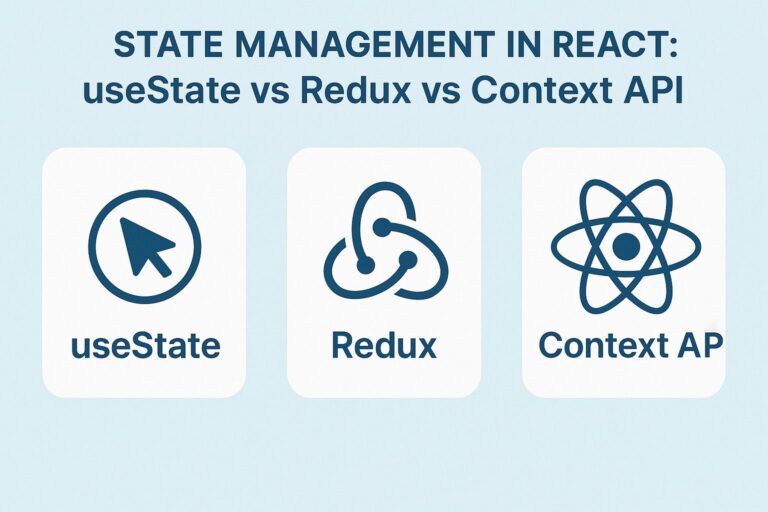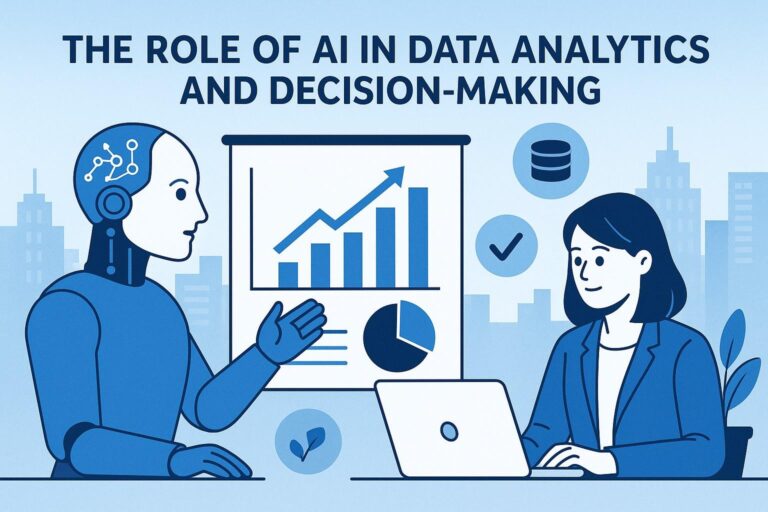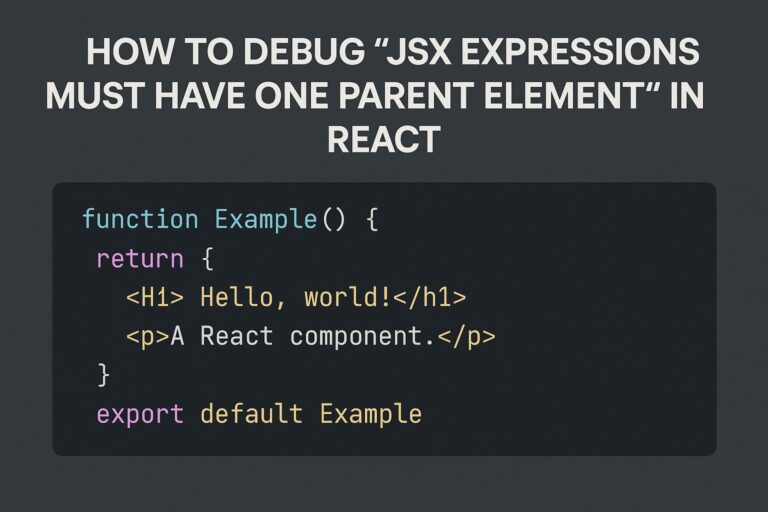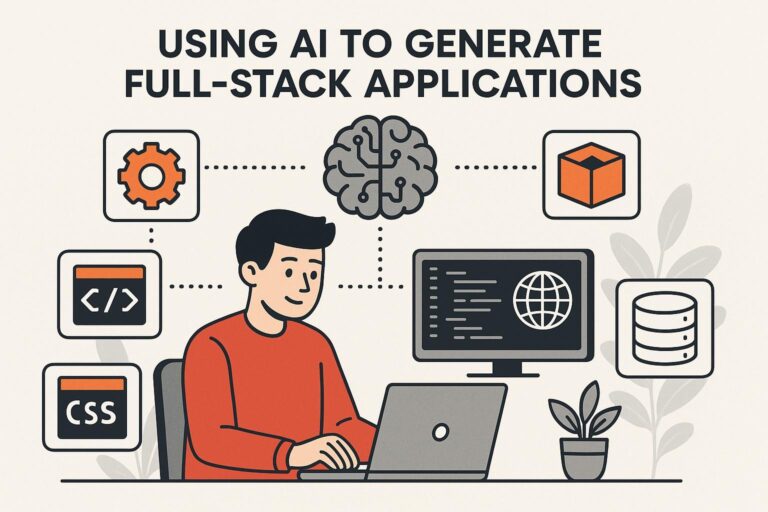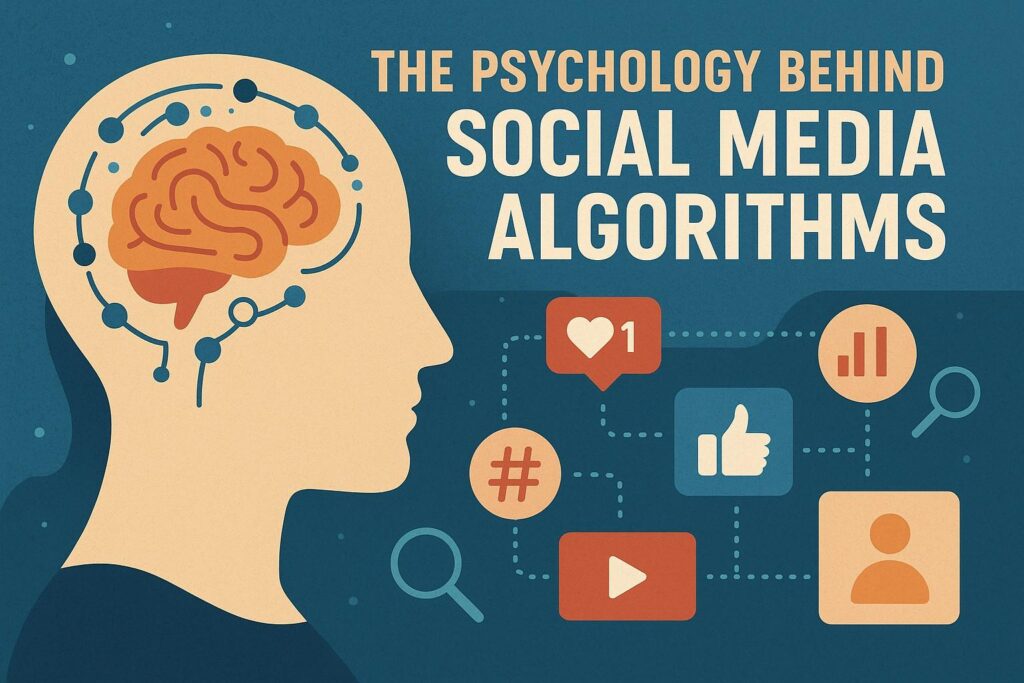
Social media platforms have profoundly transformed how people communicate, share information, and consume content. Behind the seamless user experience lies a sophisticated blend of technology and psychology that carefully shapes what users see, engage with, and ultimately remember. At the core of this transformation are social media algorithms—complex computational formulas designed to personalize content and maximize user engagement.
Understanding the psychology underpinning these algorithms is crucial not only for users but also for marketers, platform designers, and regulators. It reveals how content curation influences human behavior, sometimes in subtle yet powerful ways. This article delves into the psychological principles social media algorithms leverage, how these mechanisms affect user behavior, and the broader societal implications.
What Are Social Media Algorithms?
Social media algorithms are sets of rules and machine learning models that determine what content appears in a user’s feed or recommendations. Rather than presenting posts chronologically, platforms such as Facebook, Instagram, Twitter, TikTok, and YouTube prioritize content based on relevance, predicted interest, engagement potential, and other personalized factors.
The primary goal of these algorithms is to keep users scrolling, clicking, and interacting for extended periods. This increases advertising impressions, data collection opportunities, and ultimately, platform revenue.
Key Psychological Principles Social Media Algorithms Exploit
1. Variable Reward Schedules
Rooted in behavioral psychology and B.F. Skinner’s operant conditioning, variable reward schedules rely on unpredictable reinforcement. Users cannot anticipate which posts will bring enjoyment, social validation, or meaningful information, which compels them to keep checking.
This uncertainty triggers the release of dopamine, a neurotransmitter associated with pleasure and reward, in a manner comparable to gambling. As a result, users develop compulsive checking behaviors and spend more time on platforms.
2. Social Validation and Reciprocity
Human beings are inherently social creatures with an innate desire for approval and connection. Algorithms prioritize content that generates likes, comments, shares, and other social signals because these indicators represent social validation.
Moreover, the psychological principle of reciprocity—where individuals feel compelled to respond when others engage with them—drives continuous interaction, further boosting engagement metrics.
3. Personalization and Confirmation Bias
Algorithms tailor content based on a user’s previous behavior, preferences, and interactions. While personalization enhances user satisfaction by delivering relevant content, it also creates echo chambers that reinforce existing beliefs and interests. This phenomenon is known as confirmation bias, where individuals preferentially consume information that aligns with their viewpoints.
The consequence is a narrowing of perspectives, increased ideological polarization, and the amplification of misinformation.
4. Fear of Missing Out (FOMO)
By spotlighting trending topics, recent stories from close contacts, and ephemeral posts (such as Stories or Fleets), algorithms exploit the human anxiety of missing important social events or updates. This Fear of Missing Out (FOMO) motivates users to stay connected, frequently check their feeds, and engage in real time.
5. Loss Aversion and Social Comparison
Humans are wired to avoid loss more strongly than to seek gain—a cognitive bias known as loss aversion. Social media amplifies this by encouraging users to compare themselves to others, often through curated images of achievements, lifestyles, or social highlights.
Such comparisons can lead to anxiety, decreased self-esteem, and an increased desire to conform or compete socially, which drives further engagement.
6. Cognitive Ease and Habit Formation
Algorithms often prioritize content that is easy to process and elicits positive emotions, fostering a sense of cognitive ease. When users find content enjoyable and effortless to consume, they are more likely to form habitual usage patterns, leading to increased time spent on platforms.
How Algorithms Leverage These Psychological Insights
Social media algorithms continuously collect and analyze vast behavioral data—including what posts users like, comment on, share, linger over, or skip. Using machine learning models, platforms predict which content will generate the highest engagement for each individual user.
The psychological principles above inform the design of recommendation systems that:
- Promote emotionally charged or sensational content to drive reactions and shares.
- Prioritize posts from close friends and family to satisfy social needs for connection.
- Resurface popular or viral posts to exploit social proof and herd behavior.
- Suggest content similar to previously engaged items to deepen personalization and stickiness.
- Leverage ephemeral content (disappearing posts) to boost urgency and immediate engagement.
Broader Impacts on User Behavior and Society
While these algorithms provide personalized, engaging experiences, they also contribute to several concerning outcomes:
Addiction and Mental Health Issues
The dopamine-driven reward loops can foster compulsive social media use and contribute to symptoms resembling behavioral addictions. Studies have linked heavy social media usage to anxiety, depression, sleep disruption, and reduced attention spans.
Polarization and Fragmentation
Echo chambers and confirmation bias accelerate political and social polarization. The spread of misinformation, conspiracy theories, and extremist content is often exacerbated by engagement-focused algorithmic amplification.
Privacy and Ethical Concerns
Personalization requires extensive data collection, often without users’ full understanding or control. This raises important ethical questions regarding consent, data ownership, and potential misuse.
Manipulation and Influence
Engagement-optimized algorithms may inadvertently promote sensational or divisive content because it generates strong reactions. This poses risks of manipulation by malicious actors seeking to influence public opinion, elections, or social stability.
Strategies for Users to Mitigate Negative Effects
Increase Awareness and Mindful Consumption
Understanding the psychological tactics in play empowers users to adopt more intentional and balanced social media habits.
Diversify Content Sources
Actively following varied accounts and perspectives can counteract algorithmic echo chambers and reduce bias.
Set Boundaries and Limits
Using built-in app timers, notifications controls, and digital wellbeing tools can reduce compulsive checking and screen time.
Curate Personal Feeds
Regularly unfollowing or muting accounts that contribute to negative emotions or misinformation can foster a healthier online environment.
Conclusion
Social media algorithms are powerful instruments that harness deep-rooted psychological principles to maximize engagement. By leveraging mechanisms such as variable rewards, social validation, confirmation bias, and FOMO, these algorithms not only influence what content we see but also shape our behavior online.
While these features enable rich, personalized experiences, they come with challenges for individual wellbeing, societal cohesion, and ethical data use. Addressing these concerns requires increased awareness among users, responsible design from platform developers, and ongoing dialogue among policymakers and researchers.
A thorough understanding of the psychology behind social media algorithms is the first step toward navigating digital spaces consciously and fostering healthier, more balanced online ecosystems.

I’m Shreyash Mhashilkar, an IT professional who loves building user-friendly, scalable digital solutions. Outside of coding, I enjoy researching new places, learning about different cultures, and exploring how technology shapes the way we live and travel. I share my experiences and discoveries to help others explore new places, cultures, and ideas with curiosity and enthusiasm.


